George, a teenager, loves the idea of being in love. This dream seems to be within reach during his school days, then, for a second time during his college days and yet it fails to materialize. This slow metamorphosis of his love, his attempt to woo his lover(s), the abrupt failures and finally settling down for life is how Premam transcends to the viewers.
|
Language:
|
Malayalam
|
|
Running Time:
|
153 min
|
|
Rating:
|
U
|
|
Release date:
|
29 May 2015
|
|
Directed by:
|
Alphonse Putharen
|
|
Produced by:
|
Anwar Rasheed
|
|
Written by:
|
Alphonse Putharen
|
|
Starring:
|
Nivin Pauly
Madonna Sebastian
Sai Pallavi
Anupama Parameshwaran
Shabareesh Varma
Krishna Shankar
Vinay Forrt
|
|
Music by:
|
Rajesh Murugesan
|
|
Cinematography by:
|
Anend C. Chandran
|
|
Editing by:
|
Alphonse Putharen
|
|
Distributed by:
|
A & A Release
|
What’s Hot
What’s Not
Badges
Verdict


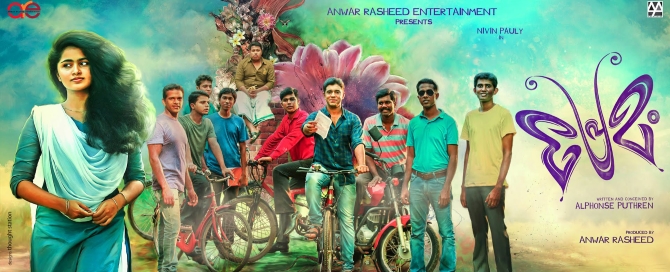

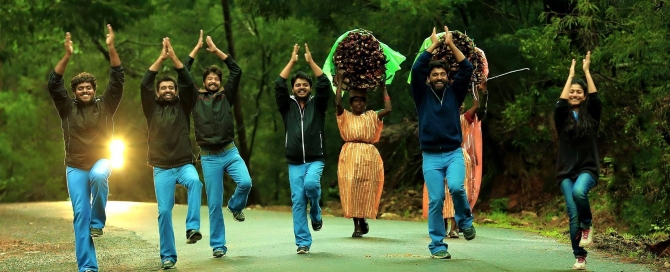




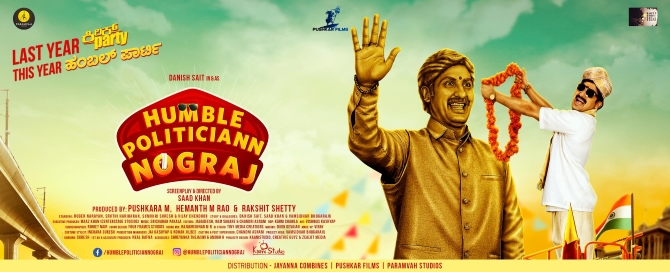
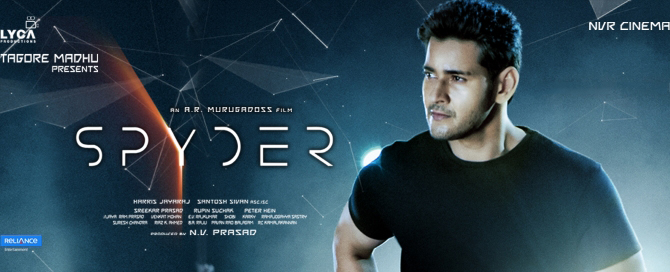
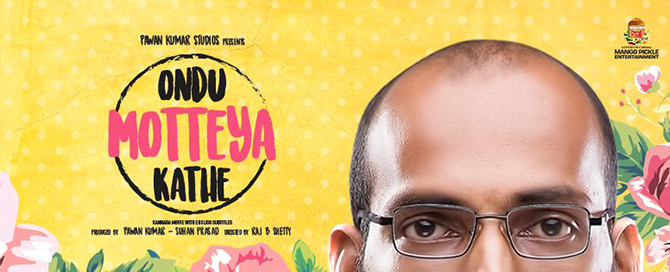
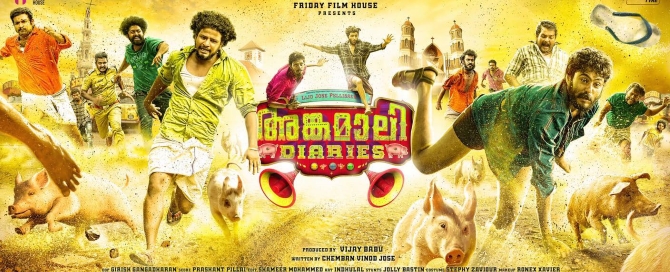
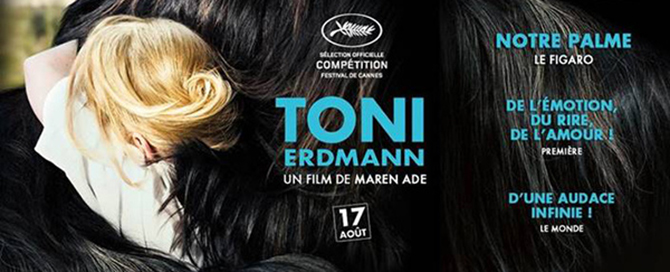
Leave A Comment